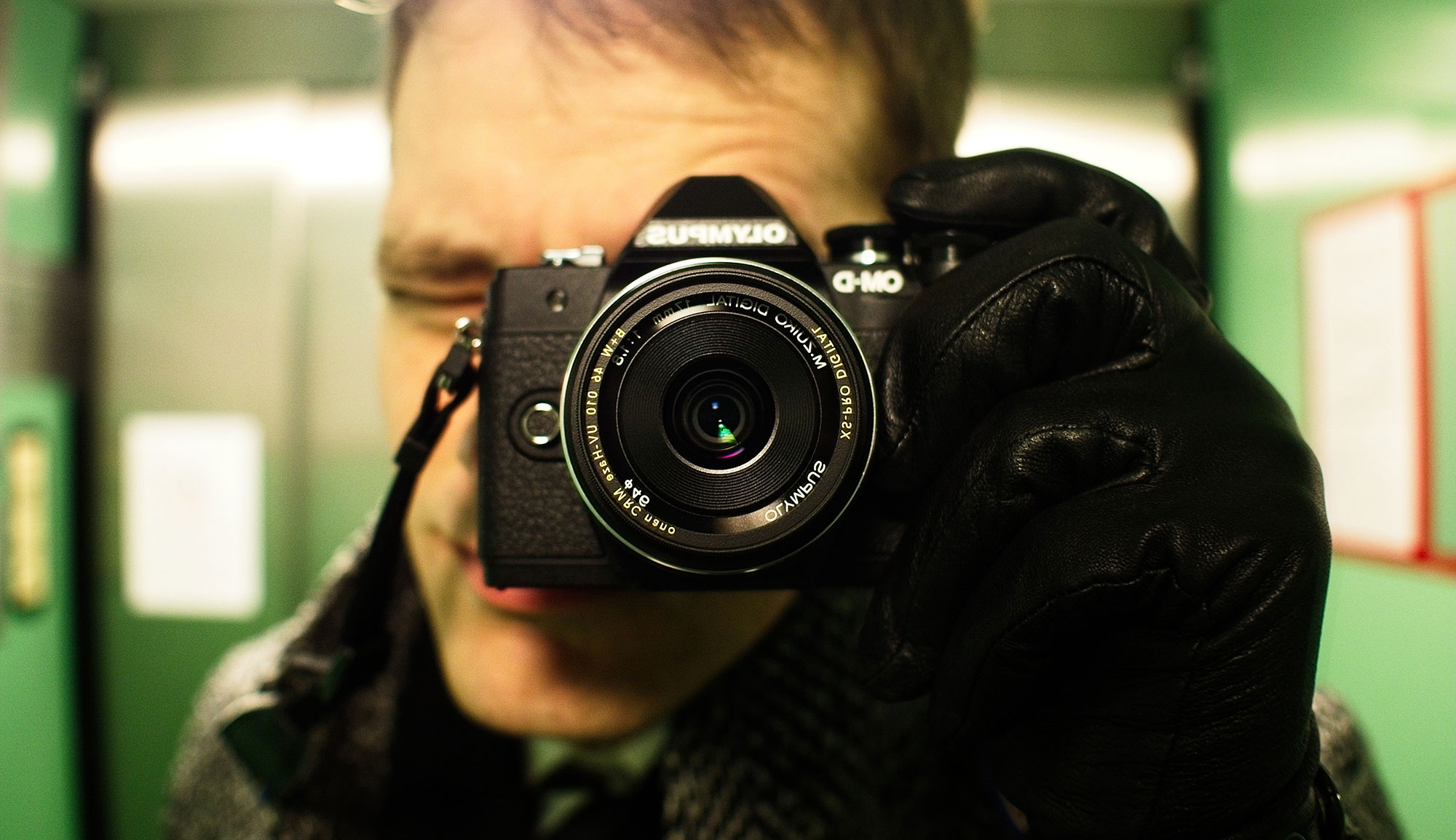Olympus E-M1X – My Impressions
As a nature photographer and an enthusiastic user of an Olympus camera, I welcomed with high expectations Olympus’ announcement of a new flagship camera E-M1X that would surpass their current superstar E-M1 Mark II. As you know from articles describing my user experiences with Olympus, I’ve been entirely thrilled with the E-M1 Mark II capabilities. Therefore, development of a supposedly even better camera intrigued me, as from my point of view, I was wondering what else they can improve?
So, after having the opportunity to test the new flagship EM1X for two weeks, I must sincerely admit that every single improvement exceeded my expectations. Considering the fact that the new E-M1X is not a successor of the E-M1 MII mentioned earlier, but an entirely new product line aimed at wildlife and sports photographers, some enhancements apply to its durability, which are not straight away noticeable. In this post, I will attempt to sum up my observations that I diligently jotted down during numerous photo tests. So how is the new E-M1X from my perspective?
E-M1X vs. E-M1 Mark II Comparison

Size and its durability
It’s nearly impossible to avoid comparisons, as the new E-M1X is built on capabilities and prowess of the E-M1 II. In short, you can say that the E-M1X can do everything the E-M1 II does. Plus a lot more. Firstly, the camera grips you with its size. With regard to its predecessors, it is inarguably the biggest. Its height and width are about 1cm wider than the E-M1 II with a grip. It actually feels as though you are holding a real DSLR. Some users of the OMD line may even think that it is bulky and heavy, far from any specs of a compact body that you can put in your pocket.
However, from a 5D or 1Dx II point of view, the Olympus body is still undeniably lighter (by about a half) and much more compact. Personally, since I use the E-M1 II with a permanently attached grip, the bigger size is not an issue for me as for someone who uses E-M5/ E-M10 without a grip. This camera is undoubtedly for photographing in inhospitable conditions. I’d say that the E-M1 II is exceptionally durable and resistant to any odd splash. The E-M1X is miles better, though, as it underwent rigorous testing to ensure it is suitable for the most extreme conditions such as the Dakar Rally, animals in the rainforests or the Arctic circle.


Order of buttons and controls
Thanks to a built-in vertical grip, there is plenty of room for many new buttons even under a display. Right next to ‘Menu’ and ‘Delete’ buttons, there are standalone buttons solely for switching between SD cards or for white balance. At the top of the camera, there are ISO & exposure compensation buttons. Also new is a joystick multi-controller for a faster selection of AF points, AF area selection or general browsing through the menu. The joystick multi-controller has several properties that a traditional arrow pad with four keys on E-M1 II lacks.
I especially appreciate the possibility to select AF points slantways, change points automatically merely by pressing the joystick in the right direction or select the centre AF point just by pressing the joystick briefly. Also, ergonomically, I find the camera well thought-out and the layout of the buttons is almost identical whether you hold it horizontally or vertically. That applies even to the joystick, of which you can find two. Unlike on the E-M1 II, here both front and back dial-up controllers are flush with the body.
Also, even a Mode dial underwent some changes and upgrades. Here, instead of basic Auto and ART settings, you can now find more practical selections like ‘B’ (for faster access of Live mode for longer exposures) and ‘C4’ (fourth custom menu), which will all be welcomed by professionals. On the left-hand side of the camera, you traditionally find the On/Off button, plus fast access to bracketing (BKT). All in all, there is a number of new buttons and options that significantly speed up options’ setting and overall use. If you read on, you will find out how I customised it even further.



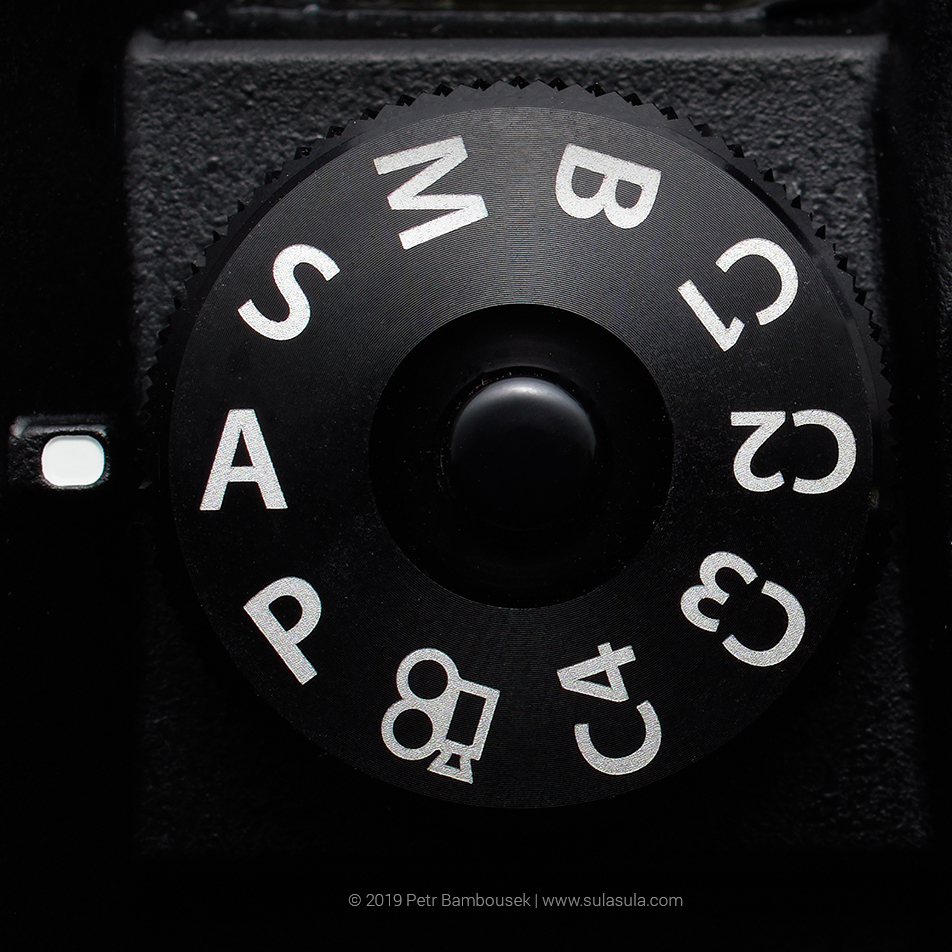


Battery and cards
Great news – Olympus E-M1X adopted the same battery type as the E-M1II. But it wouldn’t be Olympus if there wasn’t some sort of an improvement. Firstly, the battery lasts longer (up to 870 shots per charge). Secondly, it is now possible to charge it with a powerbank through a USB-C/USB-C connector. In saying that though, beware that a powerbank with USB-A/USB-C does not work. What’s great is that during this type of charging, it is possible to carry on photographing, which might be a lifesaver on a number of occasions when the battery is low.
However, note that this type of charging does not work if your battery is below 10%. From the other enhancements – similarly to the E-M1X, the E-M1 enables you to use both card slots, which, unlike on the previous model, they now both support standard UHS-II. Furthermore, there is a special lever that helps you to open the card slot, which is more snug due to extra sealing. What is tricky though, is that the lever points downward but you need to turn it, rather unnaturally, towards you.
Instead, what would be more practical in my opinion, is, if you could turn the lever horizontally and away from the camera. You’ll learn an interesting lesson when you hold the camera in your left hand and try to turn the lever with your two fingers. I must say it was one of those rare moments when I raised my eyebrows and muttered something silently.

What else is new
On both models, a flip-out LCD screen is of the same size. However, unlike on the E-M1 II, the EVF viewfinder is noticeably bigger. When after the two weeks of testing I looked again into my E-M1 II something didn’t add up. I turned to the good old internet where I read some speculations that the camera has an in-built flash due to some sort of a visible boundary in the upper section that the E-M1 II lacks. In fact that it is not flash but a built-in Field Sensor, which collects various field data like GPS, atmospheric pressure, altitude and temperature. This is then quite useful when trying to most accurately place a photographed animal etc. Finally, the last design improvement on the E-M1X I want to mention, is the possibility to pre-assign a custom lock (C-LOCK) so you can decide, which controls you want to lock against inadvertent use. This you can set in the main menu, so let’s have a closer look.

Menu and custom menu
Well, several paragraphs down and I only briefly covered what the E-M1X has new on the outside. That is obviously only the tip of the iceberg as there are loads of upgrades on the inside too. Firstly, the ‘Menu’. The structure is the same as on the E-M1 II, but it is neatly enhanced by graded grey background for better orientation. What I most appreciate though, (and miss on the E-M1 II) is personal menu structure.
You can personally predefine up to 35 most common options in your personal structure under 5 tabs each with 7 items. Also well devised is a mode of item selection and their arrangement via a top ‘Record’ button (the only red one), which helps you ingeniously to easily re-shuffle each item even across tabs — thumbs up for this option.
Dual processor
The E-M1X brings a whole scale of new functions and capabilities enabled by dual TruePic VIII built-in processors of the current E-M1 II, which has only one. When this information leaked before the official release, some felt disappointed by the fact that Olympus did not invest instead into a successor of some sort that would benefit its speed. However, by using two processors is much more beneficial for its use than just one albeit a more powerful one. The benefits are visible straight away.
For example, it is turned on much faster or “woken up” from the sleep mode. Another advantage is the possibility to view photos or access the ‘Menu’ even while your photos are still being stored. Those, who shoot large series, can now take up to 287 RAW images at a speed of 60fps (the E-M1 II offers only 148 fps), which gives you the option to shoot action at maximum speed for up to 5 sec. However, that’s not all. Read on to find out what other functions are only possible thanks to the dual processor.
Handheld Hi-res Photos
If you have a tripod, the E-M1 Mark II allows you to take Hi-Res pictures (up to 80mpx). The E-M1X retains this option with an added benefit – taking up to 50mpx HiRes photos but handheld. Before its official release, there were countless discussions as to its actual utilisation in real life. After all, how many motives are there that are static? I must admit that this feature is highly addictive. Naturally, you can’t use this feature for everything, but for those who like to relish in detail on large scale prints, this is very handy.
This feature is particularly useful in shooting macro, landscape, architecture, products stills and everything else that is stationary. During my testing, I customised this function to a C1 fast access on button for exposure compensation, to which I added a personal profile for ‘Handheld HiRes’ photos. Then, whenever needed, I just pressed an appropriate button once to activate this feature and then once again to go back. Olympus claims that the camera is capable of composing multiple images up to 1/60s just by the natural movement of the camera. Despite being able to compose a photo even out of 1/50s, I’d use this time as an absolute minimum.
The faster the times you manage to shoot with, the easier it is to create a composite image from multiple shots. As an example, have a look at a photo below from Svata Hora in Pribram and the butterfly house Papilonia. I trust these are satisfactory as examples despite both being shot in poor light conditions. Also, if you want to compare the details of the photos in RAW, please feel free to download (right click on mouse, Save As…) them here (for personal purposes only).
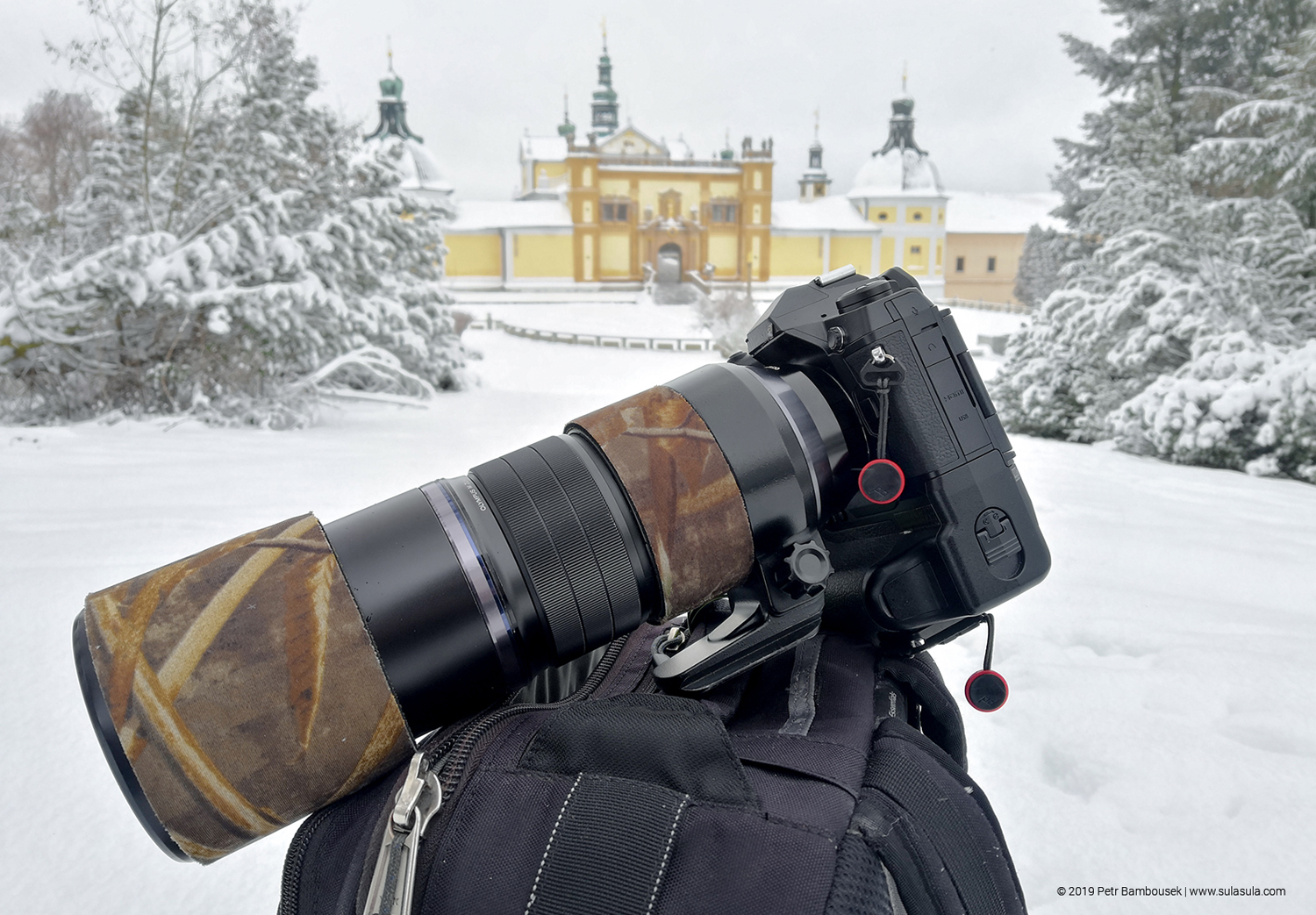



Svatá Hora, Pribram – just out of interest, have a look at an example of a HiRes image resized to 20mpx and a HiRes image in full res. As you can see, the details are incomparable as you can hardly achieve such HiRes result by simple resampling of an ordinary image. You can see something very interesting. It looks as though the HiRes photo is taken almost without any snow, while the other one is taken in a blizzard. The truth is that I took both photos under identical conditions. The only difference is that the HiRes feature gets rid of all the noise for you, resulting in much sharper contrast. The second example shows a few cropped details all in HiRes in full resolution.
Svatá Hora Příbram – example 1



Svatá Hora Příbram – example 2



Butterfly house Papilonia
Butterflies – I’m including butterfly photos as a second example of HiRes photos taken in a butterfly house Papilonia in Prague. I spent there about an hour and created a small series of photographs, one of which you can see below. The surroundings aren’t unfortunately designed for serious photography, but they serve the example here.


Here are very likely many more ways how to exploit this feature merely depending on your point of view. In saying that, on many forums I noticed many comments discussing how this feature cannot be used. Personally, I like to find situations where it can be used. The calmer the object, the better the results. Overall, I’d rate the hand-held HiRes feature as an excellent add-on that is really smart, and I will try using this option more often from now on.
On the previous model, I found it impractical being limited by the need to use a tripod, which you obviously still can should you wish to do so. Each photographer can then select whichever mode is more suitable for him. Composing of one photo takes approximately 13s, and if you start shooting it via the EVF, its process can be viewed only there without the option to switch over to the back display, which would make it much more practical. I would welcome if this option is enabled in the next firmware upgrade. I can’t wait to be able to test this mode in Costa Rica maybe on toucans, which would look awesome in HiRes.
VISIT MY GROWING OLYMPUS WILDLIFE GALLERY
Live ND Filter
Another convenient function is an electronic variable ND filter that enhances slowing down of the exposure for a better movement processing when there is too much light. Before you start photographing, you can set the strength of the filter from ND2 (1 EV) to ND32 (5 EV) values. The magic thing about this function is that you can see the final result of the photo on your display even before you actually take the picture.
So, for example, if you are taking a picture of a waterfall, you can have a look at the end result while still setting up the values and decide how blurry you want the water. I find that this saves me an enormous amount of time when setting up the correct exposure. This function works in the S and M mode, and you can even pre-set its fast selection to programmable buttons. This won’t, however, work if you are primarily taking pictures in the A mode.
Personally, I bypassed this by creating a C2 default custom menu with an active ND filter, low ISO and aperture F/8. I assigned the C2 mode to a top ISO button. This way, I got the ND filter accessible by pressing a button once even in the A mode, and I must admit that I really liked using the filter. I would even go as far as saying that in the next firmware they could add further five EVs and drive up the ND values up to 1000, which would make it an excellent real replacement of ND filters.
This, for example, is fantastic news for owners of an M.Zuiko 7-14mm/2.8 lens, which doesn’t have threads to attach filters. The electronic filter clearly works together with a mounted ND filter, which is excellent news if you need to slow down the exposure even further by another 5EV.





To compare, have a look at images below – one is without the ND filter (1/3s) and the other one with an activated ND 32 (25s), even if you keep the same aperture and ISO, the time changes itself.


Image Stabilisation up to 7.5EV
The unparalleled image stabilisation of 6,5EV on the E-M1 MII is so compelling that it enhances the sharpness of images taken even during poor light conditions. (Obviously, only if you are not, for example, trying to take photos of a night attack of a desert viper at a fleeing jerboa.) This camera allows me to push the exposure to its limits and rely on its stabilisation.
With my M.Zuiko 40-150mm/2.8 lens I’m able to comfortably hold anything up to 1/10s (EQ to 300mm in full frame camera), with M.Zuiko 300mm/4 IS with a converter attached (840mm in fullframe EQ) I have perfect photos of forest kingfisher from Borneo at 1/25s. The great news is that the image stabilisation on the new E-M1X is yet another EV level higher.
Aside from the fact that it allows you to keep the ISO relatively low, what really rocks is that thanks to the image stabilisation you can add full dynamic motion in contrast with still elements. I use my tripod practically only at night although even that requirement is now changing. On a photograph below, of our snow-covered street, you can appreciate amazing results achieved by the combination of 10s exposure on the E-M1X and with M.Zuiko 12-100mm/4 IS.

Autofocus (AF)
The autofocus system on the new E-M1X builds on the supreme sophistication of the E-M1 II. So, we still have 121 cross-type AF points that cover practically the entire viewing field. So far, I’ve not come across time, that I’d be short of AF points somewhere. However, in many ways, Olympus still managed to advance the entire AF system by miles. The main improvement is an algorithm that recognises (for the time being) 3 motives – motorsport, train & aeroplane.
Suffice to say that it works very well and future development takes into account further motives expansion. Second worthy enhancement is the possibility to reduce and order the AF points by combining rows and columns into up to 4 personal settings that you can add to the default ones. To do that, you now have two handy joysticks for vertical and horizontal handling each. Unlike a traditional arrow pad, the joystick can do many more things. Firstly, you can select the AF point diagonally. Secondly, you can hold it in one direction, and the points change themselves.
Then, you can select the centre AF point by simply pressing it shortly (on the arrow pad you need to press the OK button for a whole second). Lastly, if you are not in the active AF grid, you can by the same movement, custom set fast AF selection – for example from S-AF to C-AF[TR]. Another new feature in the menu is the possibility to activate manual focusing by rotating the focus ring on your lens when your AF is on. Furthermore, also the AF sensitivity has been boosted from -2 to -3.5EV! Now.
We are at a point now, when I should spend a few moments by describing how accurate or inaccurate the AF system is, how it works in different modes and its sharpening success rate. Well, ‘it ain’t gonna’ happen. Simply because the two weeks of my testing were too short to provide enough opportunities for in-depth testing. And perhaps, it won’t even happen anytime soon. Personally, I’d surmise that the AF works extremely fast (perhaps a tad faster than on the E-EM1 II) and did not fail me once.
Once in a while, it may have struggled a bit with a tiny bird hopping in a shade of the Szechuan pavilion in the Prague Zoo, but in the end, I always managed to take home a number of nice sharp photos. When I had the camera on loan for testing, the weather wasn’t always on my side, and so, I ended up taking photos of animals in a snowstorm or very dark pavilions. However, the outcome was always successful making me very happy with the AF system, which I am anyway even on the E-M1 II.
I guess I’ll be much wiser once I’d done a real photo expedition (in the spring) taking photos of animals in conditions that I am familiar with, giving me more opportunities to quantify if I managed to achieve any real focusing advancements. Below are some test photos of ZOO animals in their enclosures. All in all, I am confident that soon there will be a highly sophisticated online analysis available, comparing the success rate of the AF systems on both of the models.


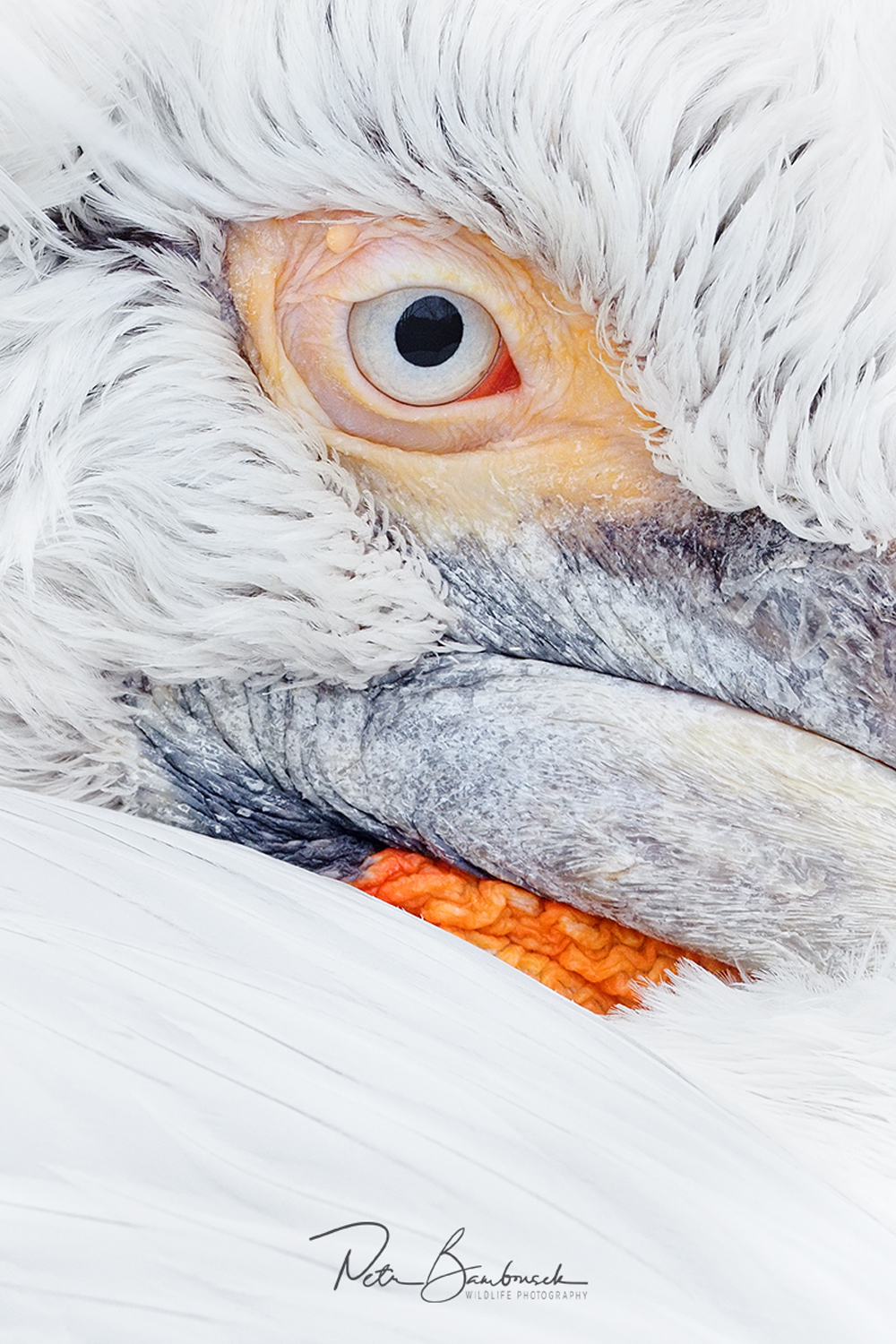

ISO levels and noise
In the days to come, I reckon the noise on high ISOs will be just as a stimulating topic for discussions as focusing. Is it any better? Truth be told I have to wait to judge that as during my testing, there was not a RAW photo editor able to achieve the quality I’m expecting when it comes to a combination of the noise and sharpening balance. I’ll be able to make much more definite conclusions as soon as Lightroom/Photoshop CC and Capture One 12 will support RAW files.
Here, I must note that Olympus is launching its brand new software for RAW files conversions that has a very promising response and swift reaction times. However, after having a first glimpse at this programme, the noise processing at high ISO does not seem absolutely ideal and I’d say that I can attain better results with LR/PS CC or Capture One 12. I’d say, that noise levels were improved roughly by 0,7 – 1 EV relative to the E-M1 II. Will this be sufficient? Who knows.
What is more significant for me, is that even with high noise levels, the camera is still able to maintain the details correctly. Selective noise reduction method in postprocess enables you to achieve amazing results even on pictures for which it would not make sense to attempt substantial detail reduction. The E-M1X offers some significant improvements for ISO setting. Filmmakers, for example, will appreciate a new feature of setting the ISO to AUTO even in the ‘M’ mode; or you can now even set the ISO to 100.
On the photos below you can see the user interface of the new Olympus Workspace app followed up by a cropped test photo in 1:1 ratio taken during poor light conditions with ISO 6400. As I mentioned above, you will be able to see two main distinctions. The rendering preserved a vast amount of details, however, noise structure is not suitable for further local editing. I believe, however, that a few weeks after the launch, I will be able to come to more conclusive results.
On a similar note, I must add that I only needed to use the highest ISO of 1600 for testing purpose, which I wouldn’t otherwise thanks to superb maximum stabilisation. Scanning through photos taken over the past two years with my E-M1 II, I can see that ISOs 200, 400 & 800 were the most common. Other high ISO values are somewhat supplementary. Lastly, I will add that for my testing purposes, I was given a pre-production sample and that the officially released product may vary.
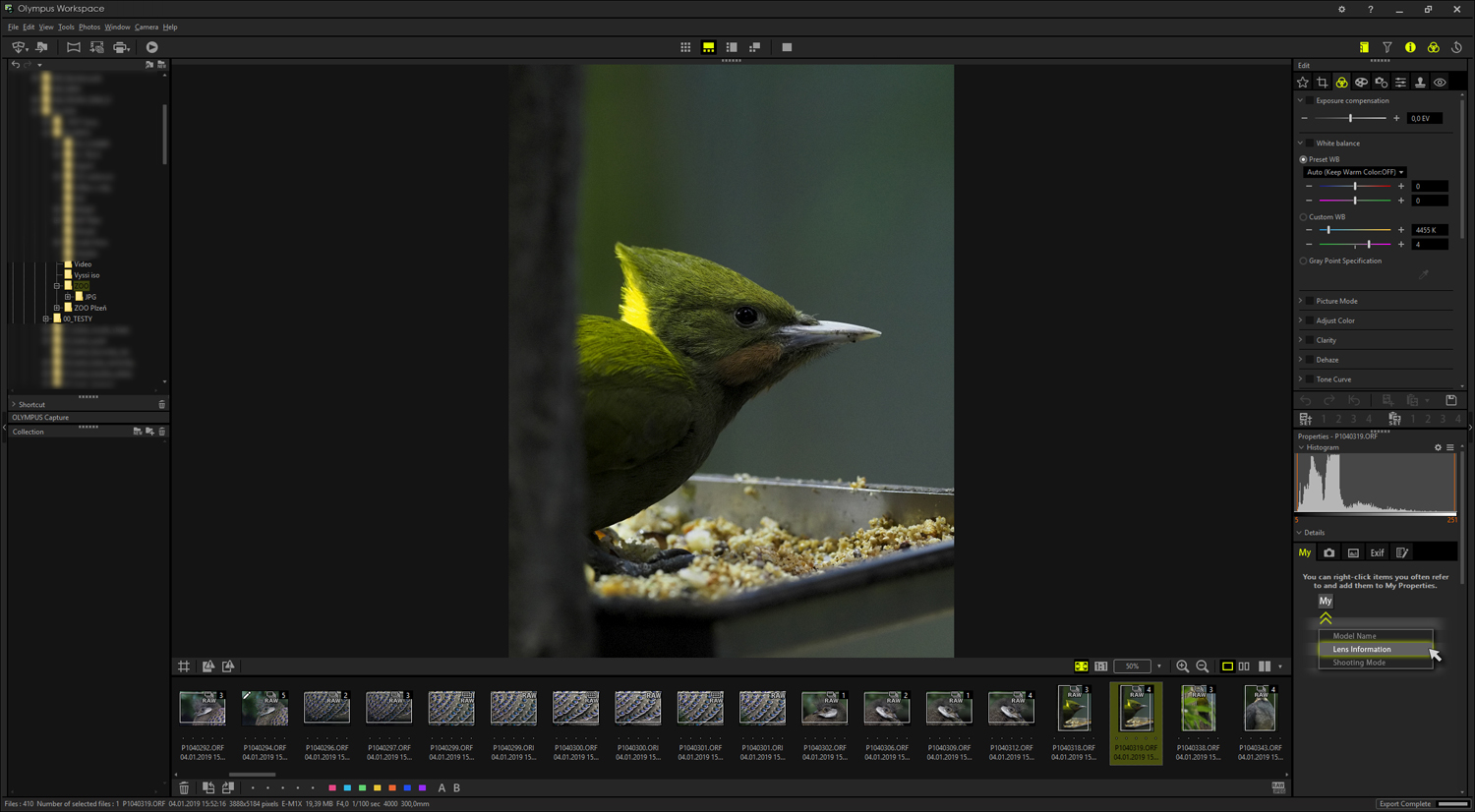
Olympus Workspace noise handling – notice how many details even on ISO 6400, still noise structure is different from Lightroom/PS or Capture One which are more suitable for local denoise
In conclusion
I tried to describe the E-M1X main differences and improvements relative to E-M1 Mark II. As you can see, the list is a fairly exhaustive one moving the camera a whole new class up. Frankly, the camera is not for everyone just like any other top camera from other brands. Those that need a compact camera that fits in their pockets have many other models to choose from, such as PEN or E-M10.
Equally, I wouldn’t think that by releasing this flagship, Olympus is signalling their departure from compact models. On the contrary. They made a step further into uncharted waters with a supercharged camera appealing by its features, ergonomics and weight. There is not that many similar cameras out there. The E-M1X is really smart, extremely resistant and as fast as lightning.
Those, with a creative soul that can use it to its maximum potential will not be disappointed. And the fact that it has a small chip? Yes, it does. Can you take decent photos for top quality large prints with it? You bet, you can. Do I like it? Absolutely. Oh my, how I did not want to give it back.

Petr Bambousek is a professional wildlife photographer who over the past 15 years undertook more than 40 photo expeditions to tropical rainforests across the world. You may have seen my photos in various exhibitions, on the Internet and many Czech and foreign magazines and books. A number of my photographs were awarded at local and overseas competitions such as the Czech Press Photo, Nature’s Best Photography, Bird Photographer of the Year, Sony World Photography Awards, Big Picture Awards, Nactus Awards or the most acclaimed one – the Wildlife Photographer of the Year. At this particular competition, my photographs were not only in the Final but also, one of my finalist images became a central promotional piece of the whole 2015 WPY travelling exhibition. If you enjoy my work, don’t forget to visit my Photo Gallery and connect to my Facebook profile.
You can enjoy his work online at www.SulaSula.com and updated photogallery www.500px.com/sulasulacom









